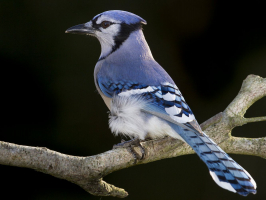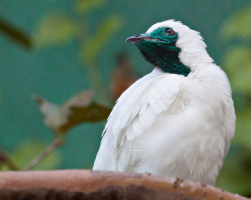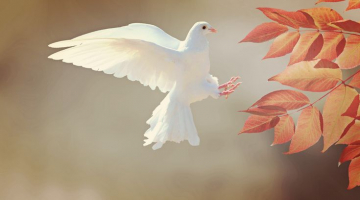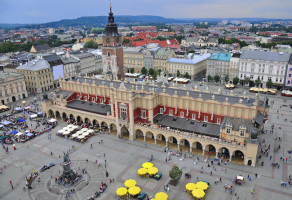Top 8 Rarest Birds In The World
The animal world is extremely rich and diverse. Especially birds, some individuals impress people with their beauty and character, Some other species are ... read more...impressed by their rarity. Let's join Toplist to discover the rarest birds in the world!
-
One of the rarest birds in the world is the Bahama Nuthatch. The Bahamas' Grand Bahama island's pineyards are home to a unique species of nuthatch known as the Bahama nuthatch.
Officially, it is regarded as highly endangered and is almost certainly gone. Its extremely small range makes it extremely vulnerable to habitat loss and degradation, fires, and hurricane damage. Nearly all of Grand Bahama's pine forest was cleared for development in the 1950s, but some areas have subsequently recovered. Surveys conducted in 1969 and 1978 found that the species was widespread throughout the area. However, in-depth studies conducted in 1993 only found 2 individuals, showing that the nuthatch has drastically decreased since then for unexplained reasons.
Since the year 2000, all observations have taken place within or close to the Lucaya Estates private land area. A 2007 survey only discovered only 23 people, although a 2004 estimate of 1,800 people were excessively optimistic, as the authors of the study acknowledged. Grand Bahama was severely damaged by Hurricane Matthew in 2016, and despite monthly surveys by a local bird guide and four days of intensive surveys in January 2018, no birds were discovered. This raised fears that the bird had gone extinct, but thorough surveys in the spring and summer of 2018 revealed a few sightings, including one in which two birds were discovered.
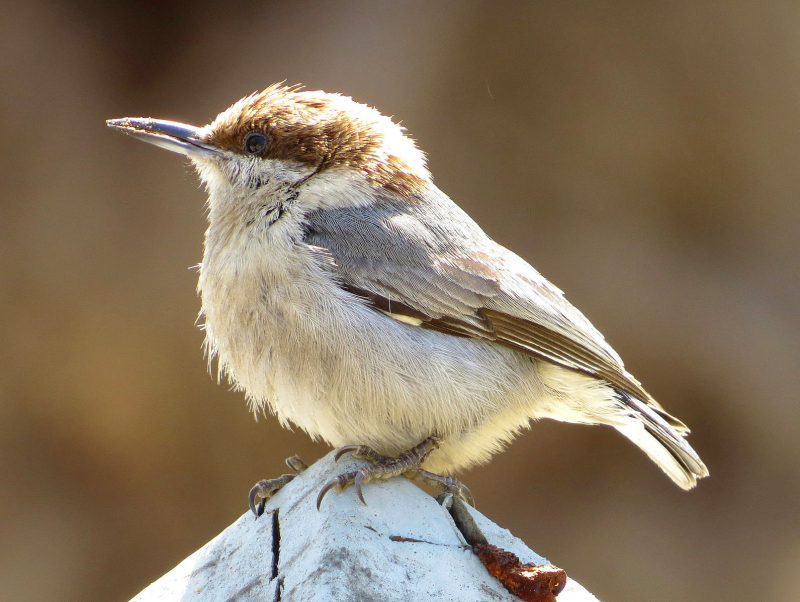
Photo: rollingharbour.com 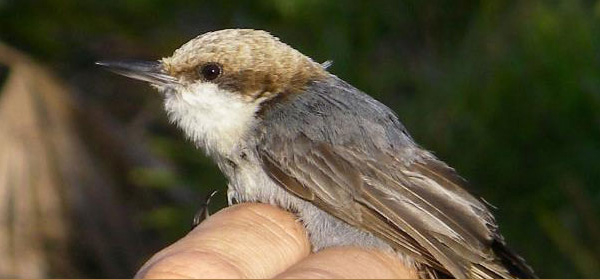
Photo: ecoinst.com -
The tapaculos family of birds, Rhinocryptidae, includes the highly endangered Stresemann's Bristlefront. It only exists in Brazil. One of the rarest birds in the world is the Stresemann's Bristlefront. It is classified as Critically Endangered by the IUCN. The species was last observed in a small patch of forest that has since been designated as the Mata do Passarinho Reserve after a thorough search was conducted in 2019. There are, in the opinion of the IUCN, fewer than 50 mature individuals left.
A medium-sized, long-tailed bird with unique forehead bristles is the Stresemann's Bristlefront. Its length is 20 cm. The male's entire body is slaty gray, with the vent, upper tail coverts, and rump being dark rufous-chestnut. The long, pointed bristles on the forehead are the eponymous characteristics. The female is brilliant cinnamon underneath and cinnamon-brown top with a duskier tail.
This Critically Endangered bird can only be found in one of the Americas' most fragmented, degraded, and vulnerable forests. The bristly-looking tuft of feathers on its forehead gave the long-tailed, ground-nesting songbird known as Stresemann's Bristlefront its name. It is a member of the enormous family of tapaculos, the Rhinocryptidae, which is native to Central and South America and is infamous for its elusive behaviors and unclear taxonomy. Without serious conservation efforts, it appears that this endangered species may go extinct.
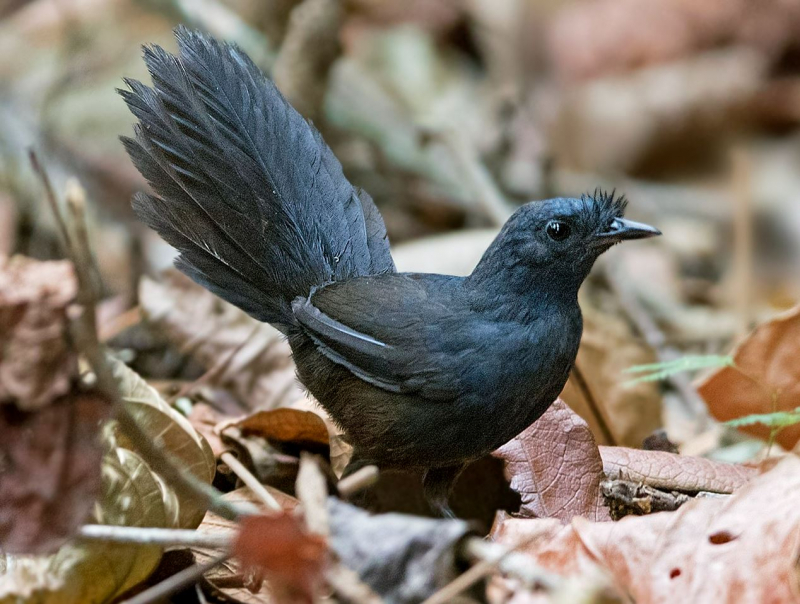
Photo: ebird.org 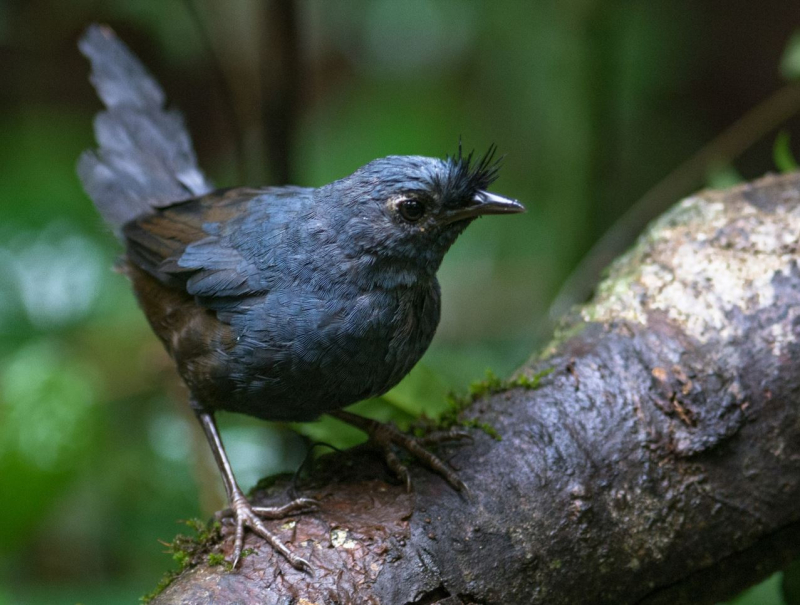
Photo: ebird.org -
The next position on the list of the rarest birds in the world is Blue-eyed Ground-Dove. A species of bird belonging to the Columbidae family is the blue-eyed ground dove. It is unique to Brazil's Cerrado region.
The blue-eyed ground dove is 6.1 inches long, or 15.5 cm. Purplish red can be seen on the male's head, throat, wing coverts, upper tail coverts, and breast. Browner skin can be seen on the lower breast, tummy, flanks, shoulders, and back. It has white vent coverts and under tail coverts. Dark brown and chestnut with iridescent blue specks are visible on the closed wing. The outer tail feathers are darker and have a rufous center. It has blue eyes and naked gray skin all around. The adult female has paler underparts than the male. The juvenile's wing markings are unclear, and many of its feathers have rufous edges.
The Blue-eyed Ground-Dove, one of the rarest birds in Brazil, which is home to several unique species found nowhere else, has a population estimated at just 16 individuals. The name of this little dove refers to its striking blue eyes, which contrast with the rest of its rich tawny and rufous plumage and mirror the dots on its wings. Before 2015, when ornithologist Rafael Bessa made the discovery of a lifetime, the species was believed to be extinct.
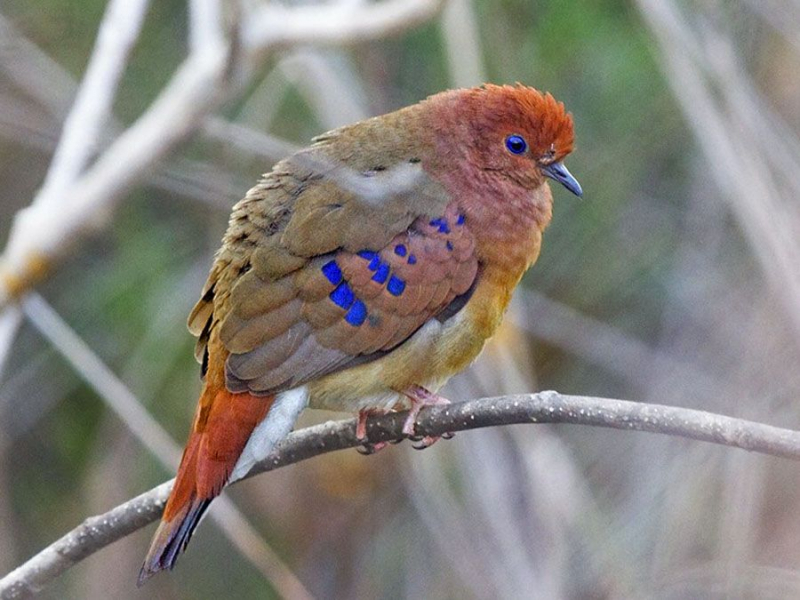
Photo: pinterest.com 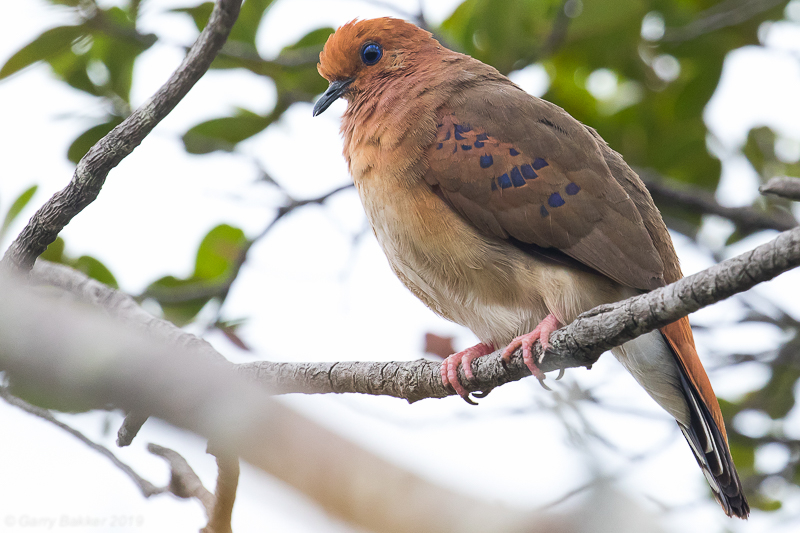
Photo: observation.org -
Only three museum specimens were used to create the original description of the Antioquia Brushfinch, which was published in 2007. The last time a live bird was discovered in the field was in 2018, when a curious agronomist on his way to weekly mass in the outskirts of Medelln, Colombia, observed an uncommon Brushfinch. The Blue-eyed Ground-Dove, Bahama Nuthatch, and Stresemann's Bristlefront are just a few of the rarest birds in the Western Hemisphere that this recently rediscovered relative of Ecuador's Pale-headed Brushfinch joins.
The lack of habitat is the primary cause of this species' paucity. Only little slivers of natural scrub may be seen in the sparsely populated region outside of Medelln, which is known as the "Altiplano Norte de Antioquia." Since 2018, more than 300 acres of land where the Antioquia Brushfinch was noted have been turned into cow pasture or potato fields, including the location where it was rediscovered. The surviving habitat is gravely in danger of being changed.
Less than 100 birds have been spotted so far, despite the fact that the species has been discovered in 25 different places. They are frequently seen in pairs, although they are also occasionally seen in small family groupings.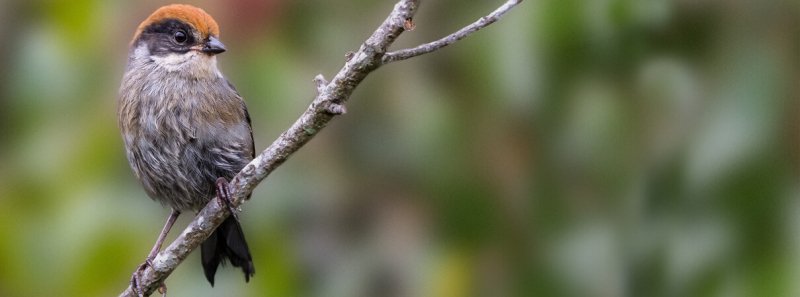
Photo: abcbirds.org 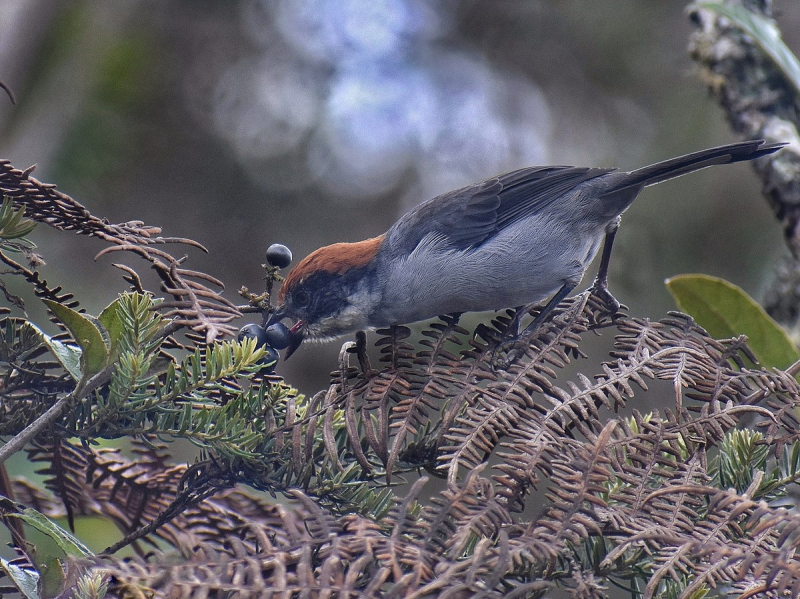
Photo: wikipedia -
Only the Caribbean island of Dominica is home to the imperial amazon, commonly referred to as the Dominican amazon or the sisserou. It has been named the Dominican Republic's national bird. The species is in grave danger of extinction. Only 50 mature individuals were thought to be present in the wild as of 2019.
The typical length of an imperial amazon is 48 cm. The species is huge for its genus, with males averaging 900 g (32 oz) and females 650 g. The sisserou's call is a loud, even "squeaky," mixture of screech, squawk, and trill that is heard at higher frequencies. They typically roam in groups of three or fewer and are shy and evasive. They occasionally congregate alongside red-necked amazons. They have strong wings and excellent climbing abilities. They like sitting in treetop vantage points. They are hard to spot because of how well their plumage conceals them.
Human interference in the forest, such as selective logging and deforestation, results in habitat loss. Despite the fact that education programs have drastically lowered the local market, trapping for food and trade still poses a threat. These birds are hunted in order to be sold on the black market, which is a sizable market for illegal animal trading. Although there were attempts in the 1900s to outlaw all illicit bird trading and confinement, some international dealers still attempt to hunt this species. Their habitat has also been affected by plantations' expansion, particularly by the production of bananas. Additionally, the encroachment of human development has been a significant problem, and environmentalists are working to preserve the birds' preferred habitat.
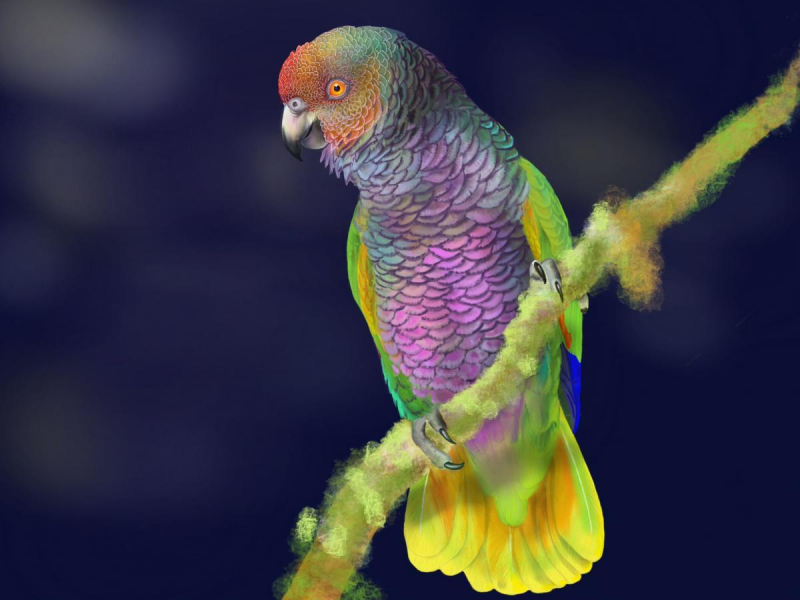
Photo: artistsforconservation.org 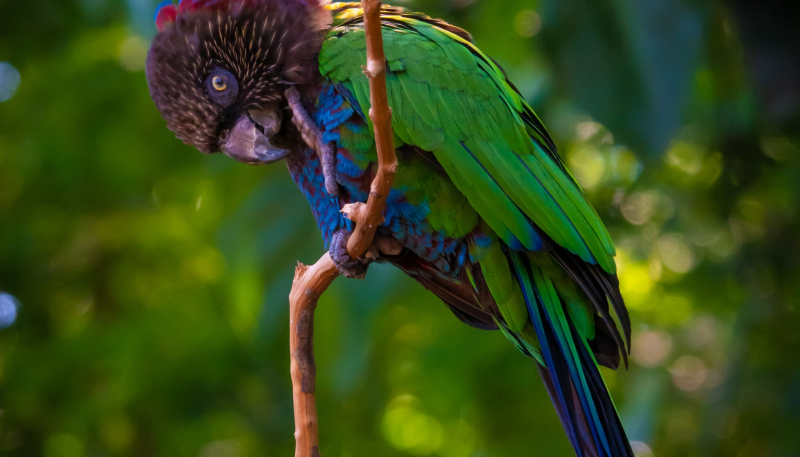
Photo: kidadl.com -
A huge owlet-nightjar with vermiculated grey-brown and black plumage, the New Caledonian owlet-nightjar is also referred to as the enigmatic owlet-nightjar. It has strong, robust legs, a short, rounded wing, and a long, slightly rounded tail. Although the tone of its voice is unknown, other owlet-nightjar species churn and whistle. More substantial than the Australian owlet-nightjar, it is the second-largest owlet-nightjar species currently known.
The Melaleuca savanna and humid woodlands of New Caledonia are home to the New Caledonian owlet-nightjar. Other owlet-nightjars are solitary, nest in tree holes, and hunt from perches, swooping down to catch prey on the ground or perched on trunks and branches. Although it is unknown if these behaviors apply to the New Caledonian owlet-nightjar, this species may be more terrestrial given that it is larger and has longer legs than the others.
The bird crashed into a bedroom in the village of Tonghoué, and the type specimen was subsequently obtained. Two specimens collected in 1880 and 1915, along with a scant few observations, are all that is known about this enormous owlet-nightjar. The most recent record comes from an expedition in 1998 that witnessed a sizable bird like a nightjar feeding for insects in Rivière Ni Valley at dark. According to this assessment, the species may still exist in small numbers, but the population as a whole is probably less than 50 and diminishing. New Caledonian Owlet-Nightjar is one of the rarest birds in the world.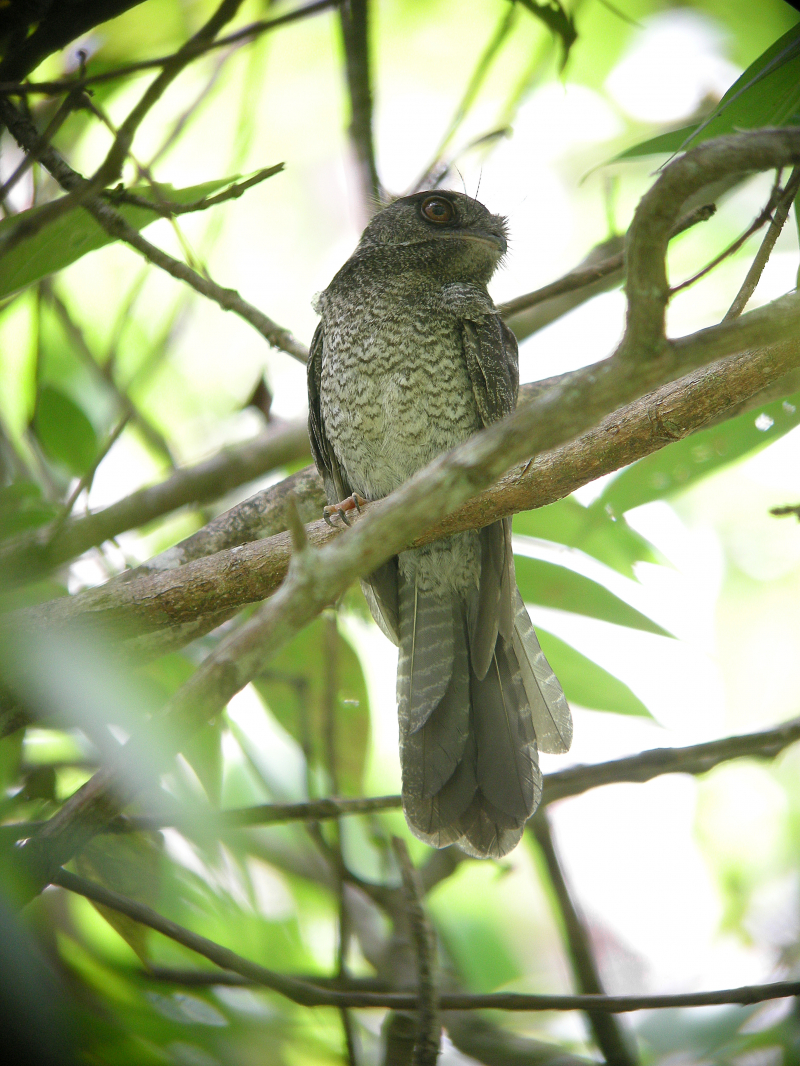
Photo: wikipedia 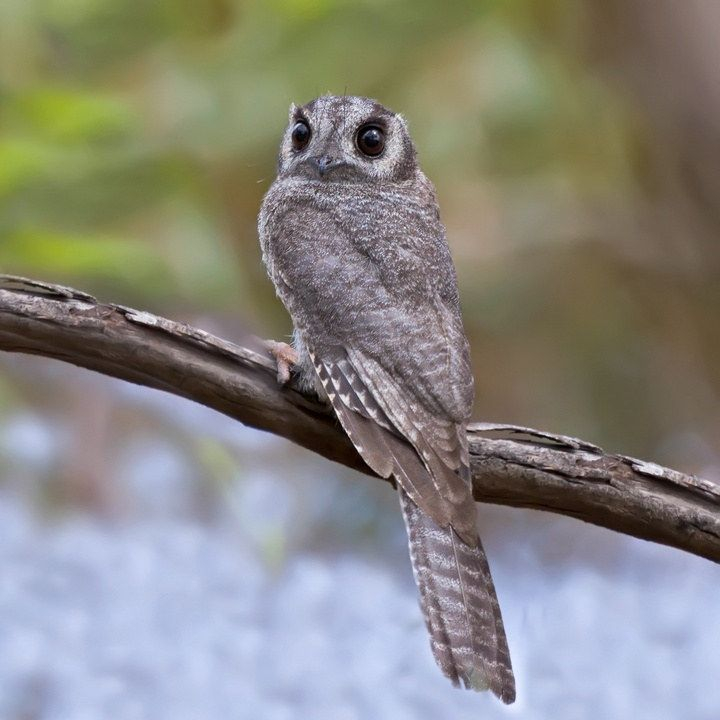
Photo: pinterest.com -
A diminutive passerine bird is the Cebu flowerpecker. It is unique to the Philippine island of Cebu. It was rediscovered in 1992 in a small area of limestone woodland in the Central Cebu Protected Landscape after it was feared to have gone extinct in the early 20th century. Since then, it has been discovered at three additional locations: the woodlands of Dalaguete, Alcoy's Nug-as forest, and Argao's Mount Lantoy. The typical size of this four-colored bird is 11 to 12 centimeters.
A sizable, triangular, red to vermilion coat stain distinguishes the male. The top of the female is brown. The Cebu flowerpecker is typically active in the mornings to avoid competing with more aggressive birds and feeds on small fruits and mistletoe plants. Despite efforts to safeguard it, the habitat is still gravely endangered because of illicit logging.
The highly endangered breeding Cebu flowerpecker is a bird. After the clearing of the majority of the island's forests in the early 20th century, it was thought to have gone extinct. However, in 1992, it was rediscovered in a small area of limestone forest in the Central Cebu Protected Landscape, and it has since been found at three additional locations, including the Nug-as forest of Alcoy, Mount Lantoy of Argao, and the forests of Dalaguete.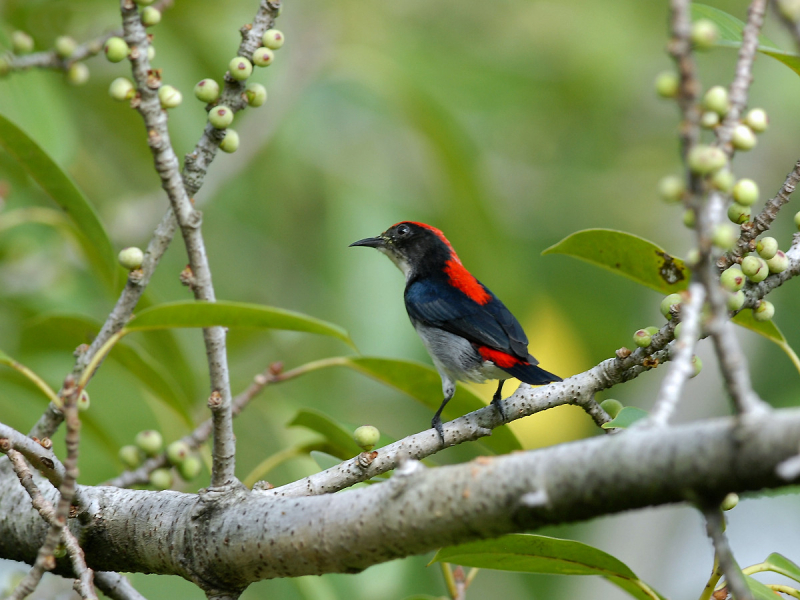
Photo: wikipedia 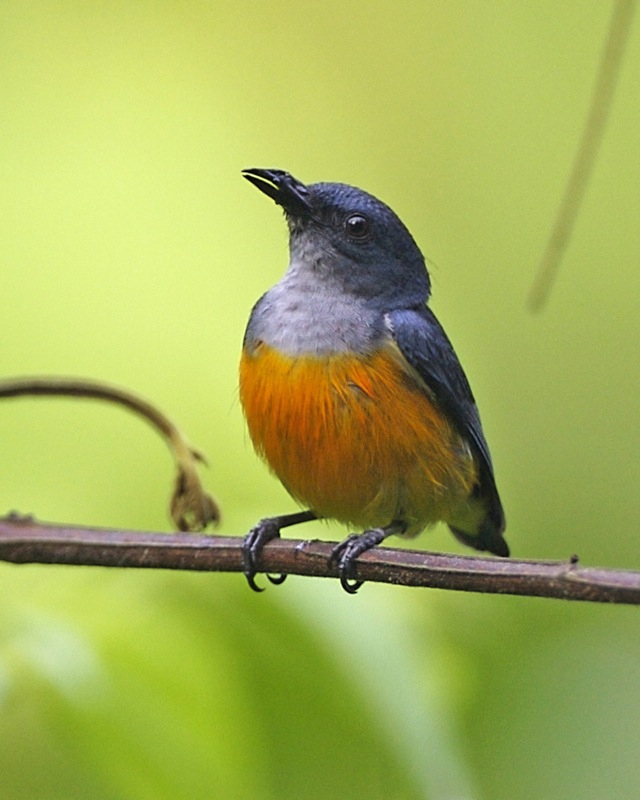
Photo: wikipedia -
The next position on the list of the rarest birds in the world is Hawaiian Crow. Although reintroduction initiatives are in progress, the Hawaiian crow, also known as the "alal," is a species of bird in the Corvidae family that is currently extinct in the wild. With wings that are more rounded and a bill that is significantly thicker, it is around the same size as a carrion crow at 48 to 50 cm long. Its feet, legs, and bill are all black, and its velvety, brownish-black plumage contains long, bristly throat feathers.
The Hawaiian crow is currently thought to be the Corvidae family member that is most endangered. In the wild, they have been known to live up to 18 years, and in captivity, 28 years. The Hawaiian crow is regarded as a 'aumakua by some Native Hawaiians. The reason for the species' extirpation is unknown, however, it is noted for its high flying abilities and resourcefulness. It is believed that newly introduced illnesses including fowlpox, avian malaria, and Toxoplasma gondii were probably a major contributor to the species' collapse.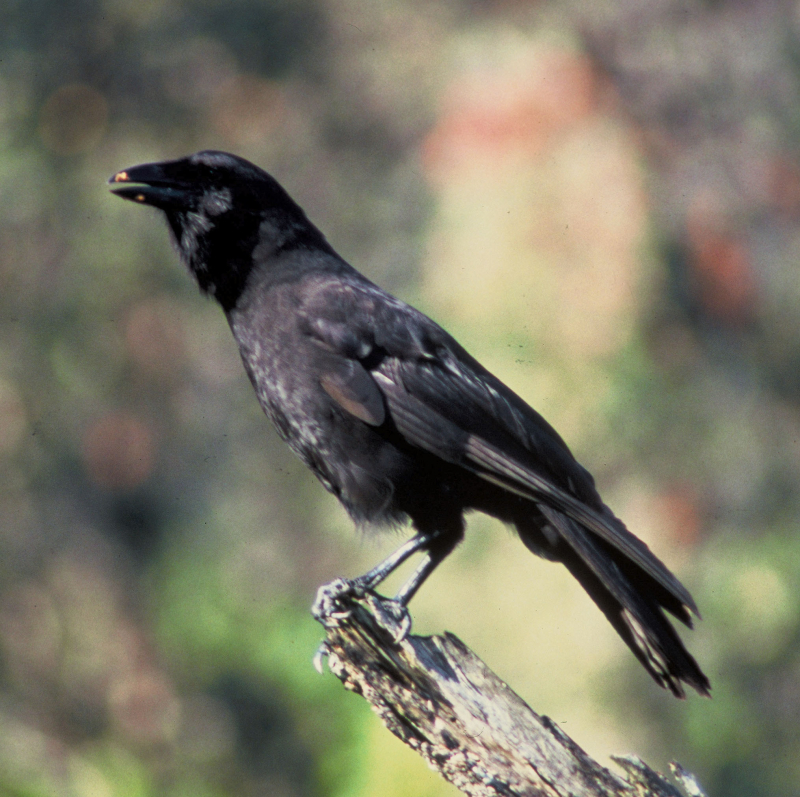
Photo: wikipedia 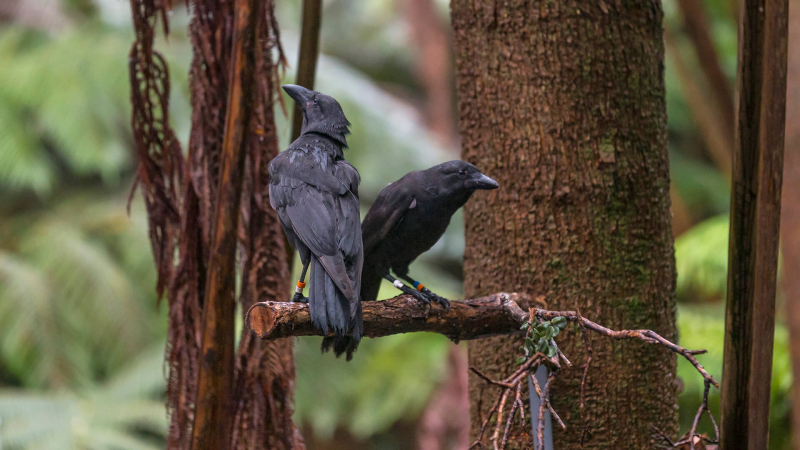
Photo: animals.sandiegozoo.org











